Staying Fit

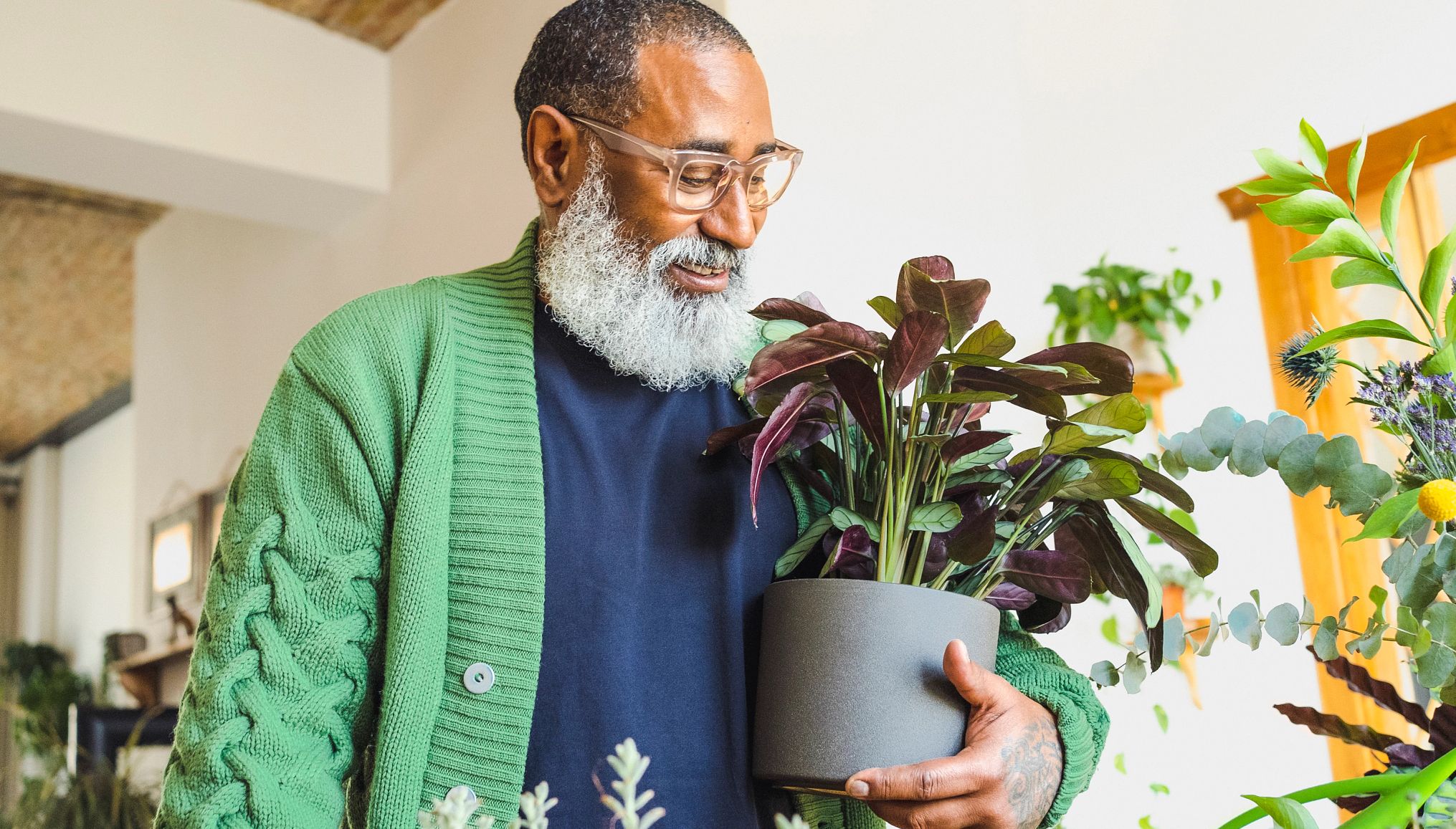
Plants, flowers and gardening have always been close to the heart of 88-year-old Mary Anne Pickens. She remembers growing up, running through the trees and plants in her grandparents’ nursery, watching hummingbirds feeding from the flowers and eating fresh asparagus with dinner.
Over the years, anywhere Pickens lived, she made sure to keep plants around her. But it wasn’t until she retired that she was able to take the time to create her dream garden. It included plants that reminded her of her grandparents, plants native to her home in Columbus, Texas, and herbs she used for cooking.


AARP Membership— $12 for your first year when you sign up for Automatic Renewal
Get instant access to members-only products and hundreds of discounts, a free second membership, and a subscription to AARP the Magazine.
She enjoyed it for 26 years until making the decision to move to a senior living community. Suddenly she was going from a garden measuring three-quarters of an acre to a 6-by-13-foot patio.
Pickens, a retired teacher now living at the Atria Senior Living Community in Katy, Texas, says it was a “bit of a shock” to downsize her garden by such an extreme amount.
But there are ways to make your new, smaller, garden space bloom just as bright – and provide as much joy.

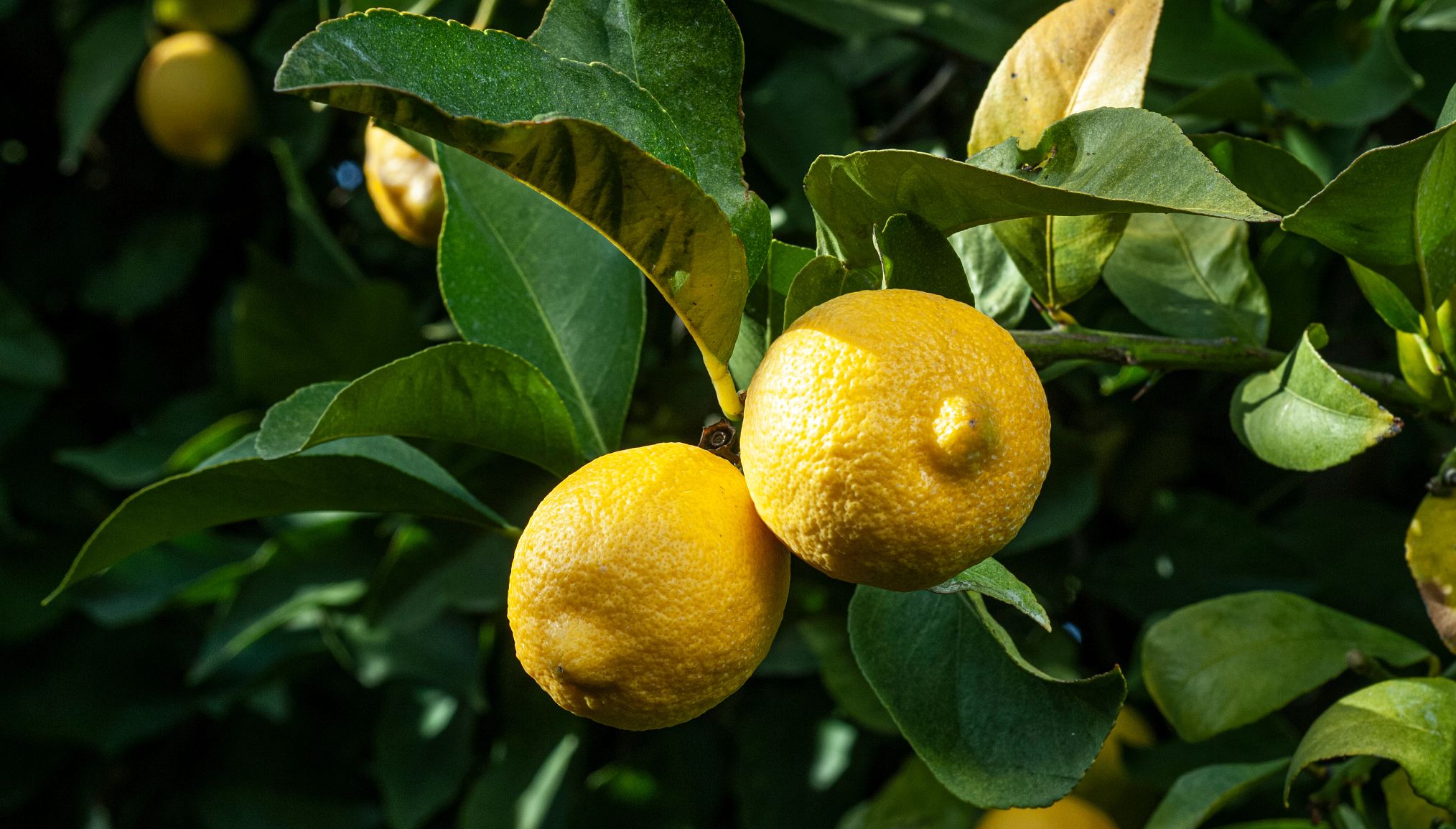
Take a piece of your old garden with you
If you’re not ready to leave it all behind, don’t! Pickens brought along a beloved potted lemon tree, which had been a gift from a friend, to her new digs. Not only does it hold sentimental value but it was a way to kick off her new gardening space.
“That was the first pot on my balcony,” she says, saying she started with just her lemon tree but now it’s hard to even stand out there with all the pots. The other pots hold more edible treats such as Swiss chard, lettuce, bok choy and nasturtiums.

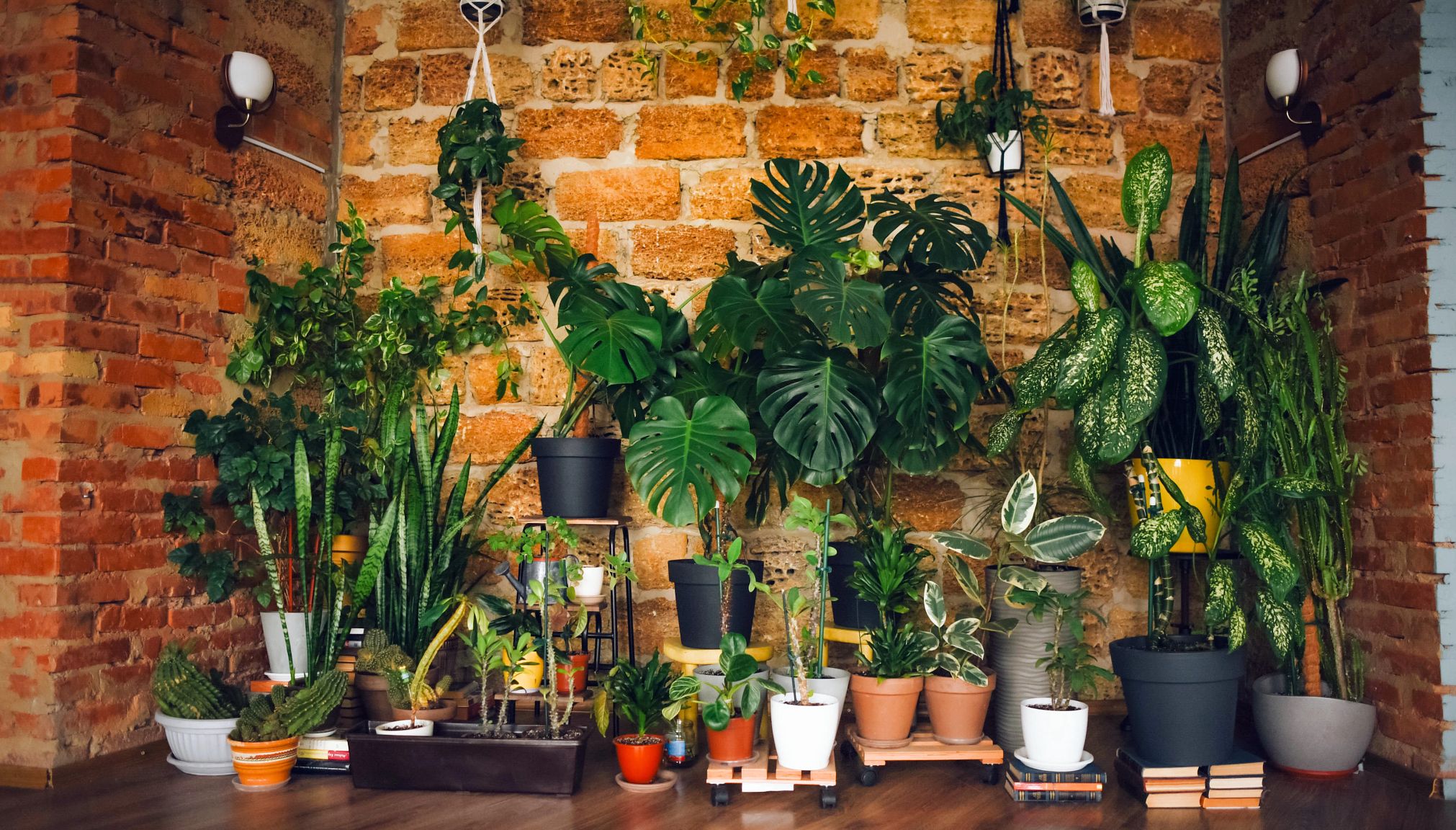
Cultivate larger plants or trees to fit your new space
You might not have the space for the giant tree you left behind but that doesn’t mean you can’t have smaller versions of the trees and large plants you love.
Consider growing a small elm tree in a fairly large pot, suggests Theresa Rooney, a Hennepin County Master Gardener with the University of Minnesota Extension in St. Paul, Minnesota.
“You can trim it back every year, so it maybe gets only five feet tall, and it reminds you of the elm tree that you had on the boulevard 40, 50, 60 years ago when you were growing up,” she says.






























































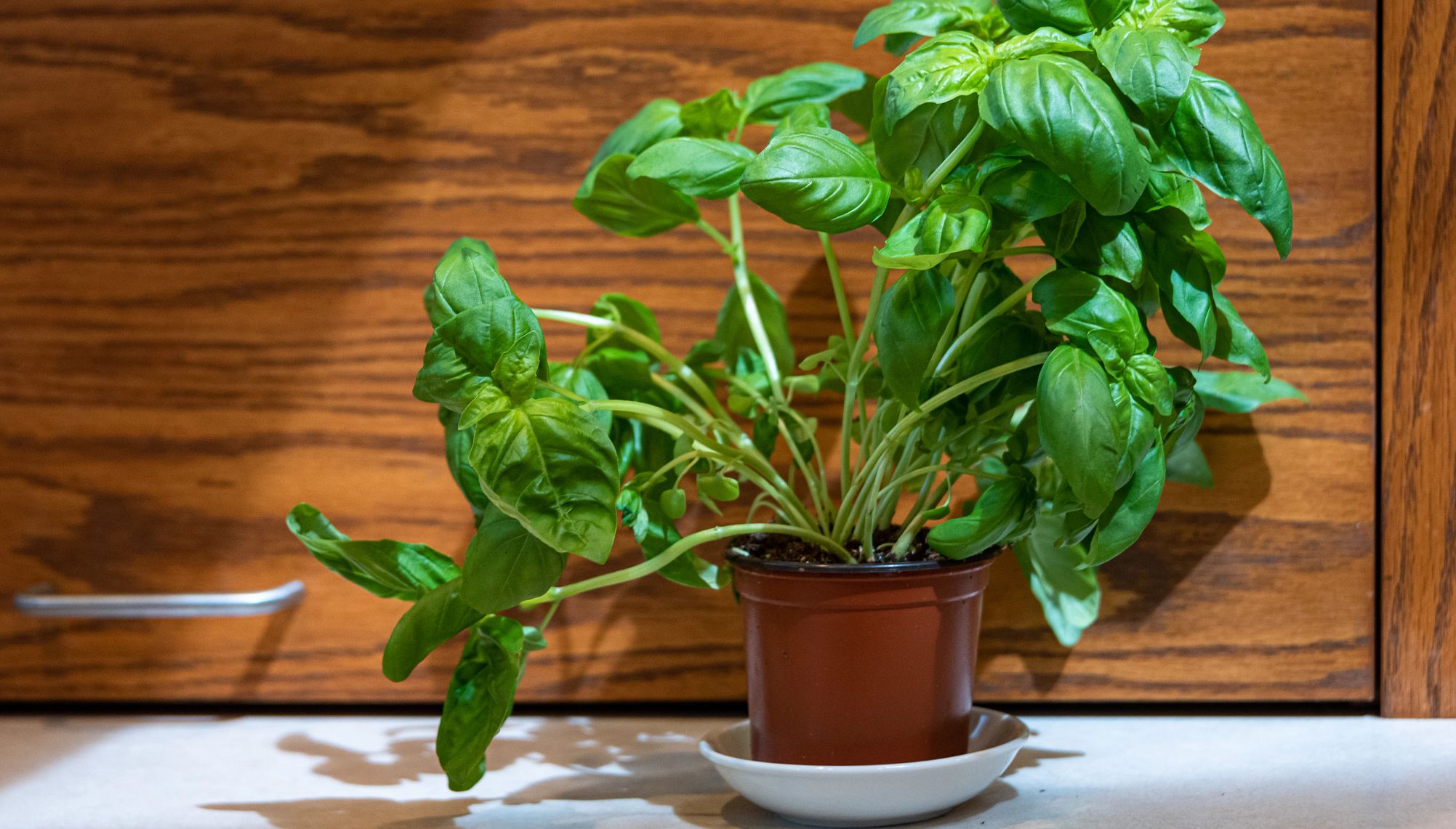
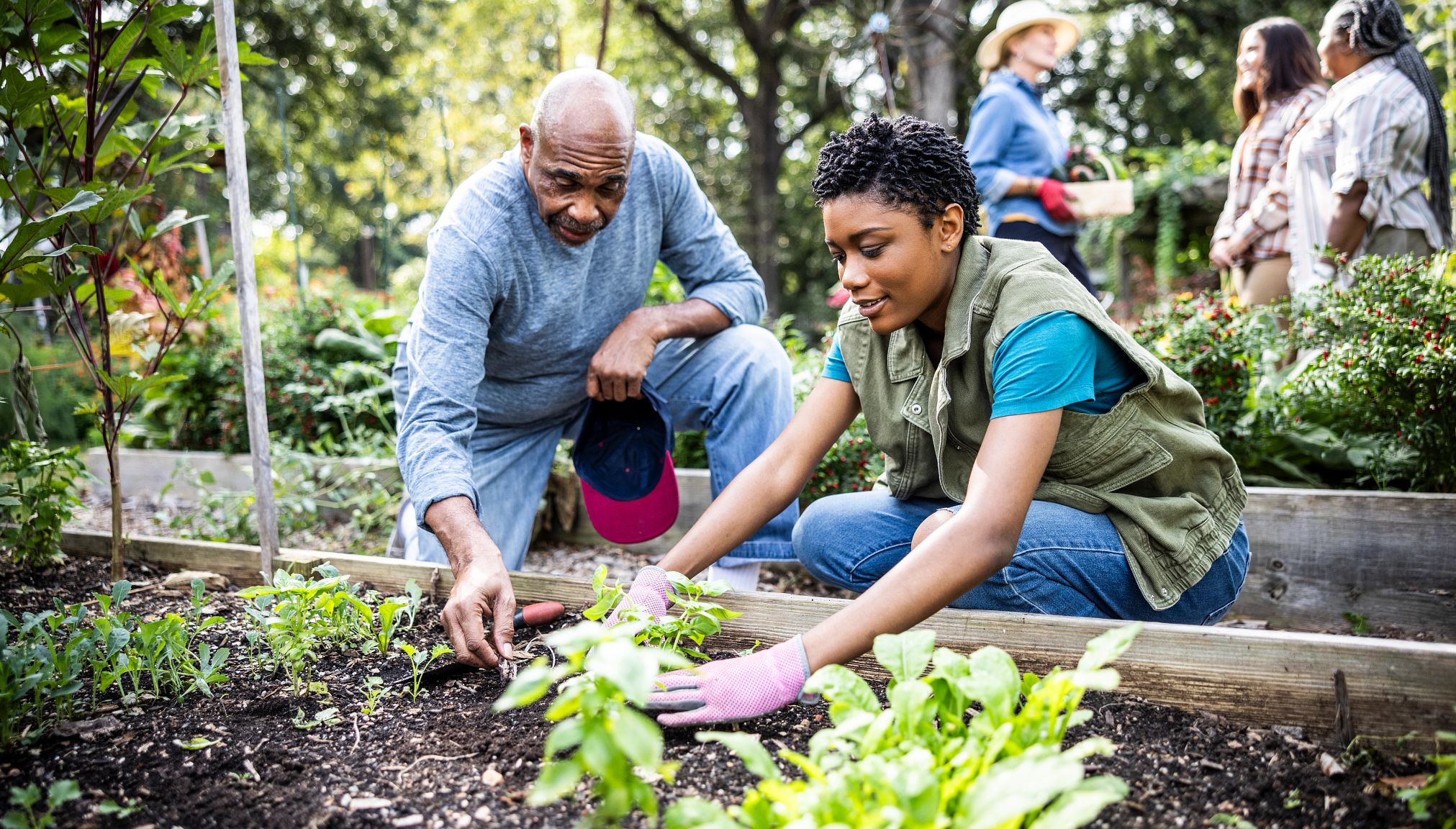





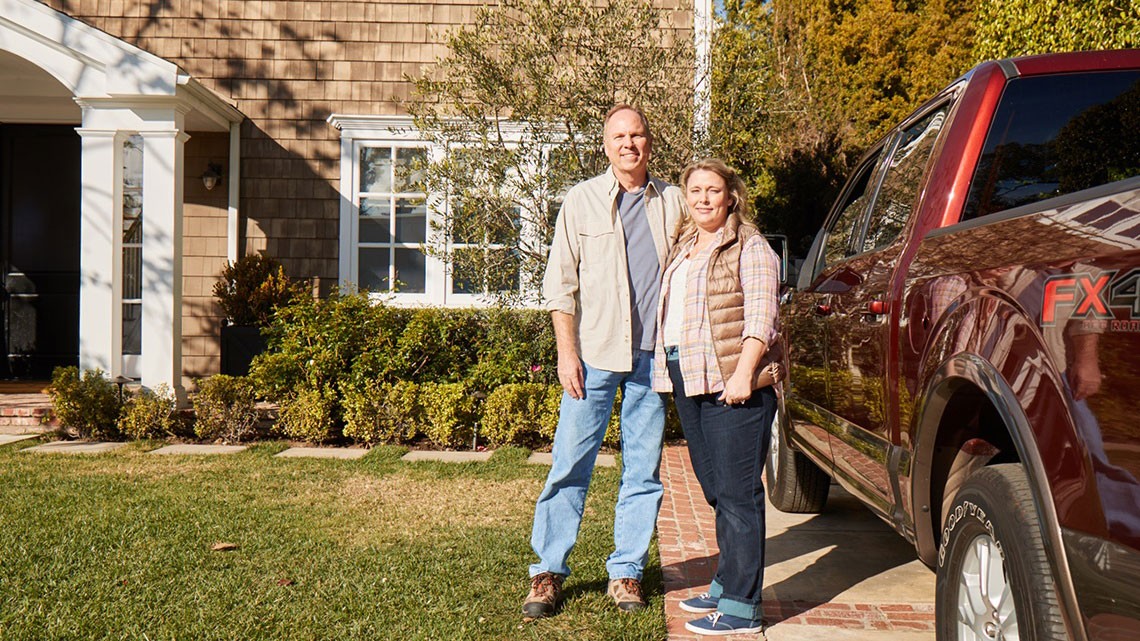

You Might Also Like
Your Ultimate Guide to Mulching
Why mulching is a must, which kind to use and where, and how to do it (yes, there are mulching rules)
38 Ways to Boost Your Home's Curb Appeal
Our new AARP Smart Guide offers high-impact tips to add allure to your abode, from walkway to windows
Grow Your Own Outdoor Oasis
Helpful tips for cultivating the yard of your dreams
More Members Only Access
Enjoy special content just for AARP members, including full-length films and books, AARP Smart Guides, celebrity Q&As, quizzes, tutorials and classes
Recommended for You